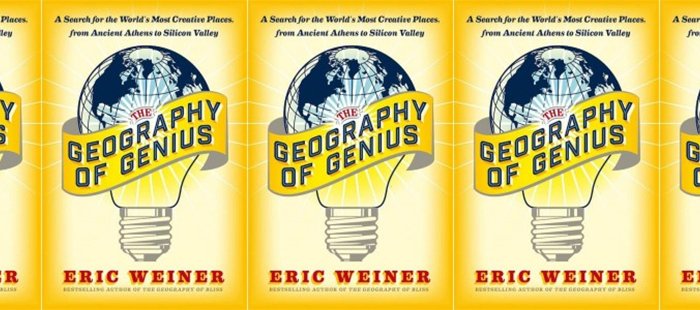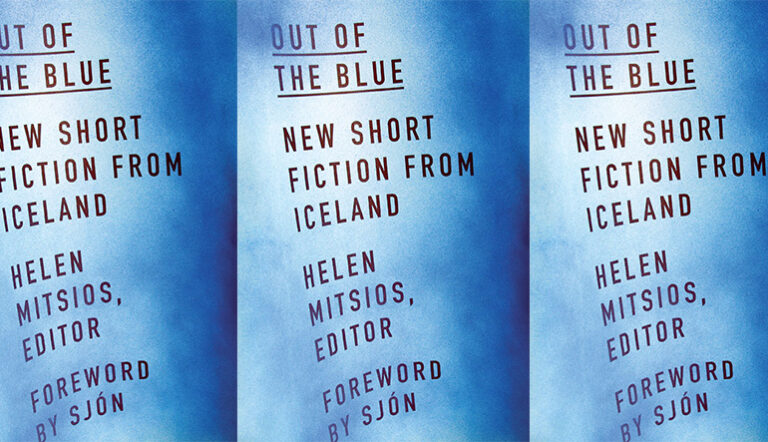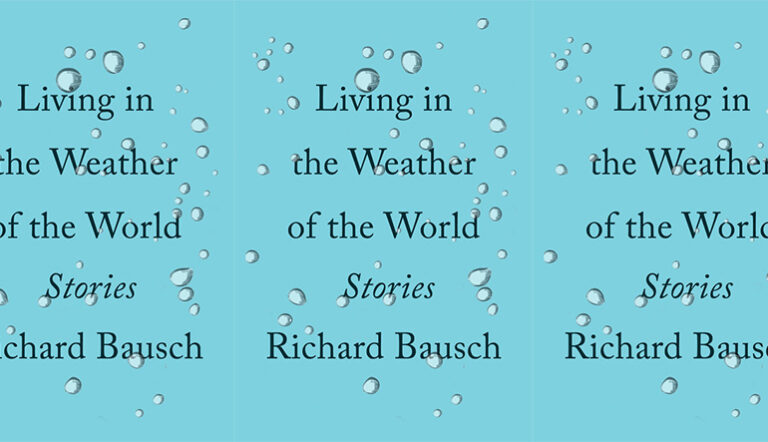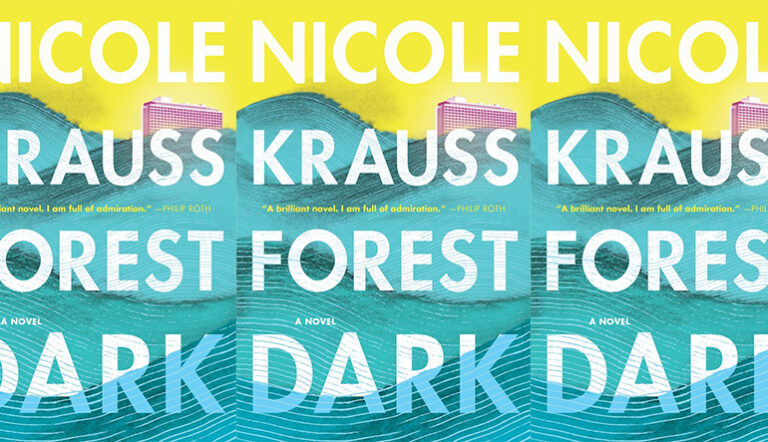Review: THE GEOGRAPHY OF GENIUS by Eric Weiner

The Geography of Genius
Eric Weiner
Simon and Schuster, January 2016
368 pp $26.95
Reviewed by Patti Jazanoski
What do Plato, da Vinci, Beethoven, and Adam Smith have in common? Sure, they were all innovative geniuses, but each lived in a city in the midst of a creative boom. Coincidence? Eric Weiner doesn’t think so. The author of The Geography of Genius: A Search for the World’s Most Creative Places, from Ancient Athens to Silicon Valley says our ideas about creativity underestimate the importance of place. But how did creative clusters arise in such varied cultures: Renaissance Florence, The Song Dynasty, Edinburgh during the Scottish Enlightenment, Vienna at the times of Mozart and Freud? Was it just dumb luck? Something in the water? How do creative clusters emerge? Why don’t they last? How can we encourage them today? These aren’t trivial questions. (In fact, Weiner says that’s one way creative geniuses distinguish themselves from us ordinary schlubs: they ask better questions). Weiner wants to bust the myth of the creative genius who springs forth fully formed (or after putting in 10,000 hours), working in isolation. What’s most important, he says, is a culture that identifies and nurtures creativity.
Part travelogue, part history, part “science of creativity,” The Geography of Genius is one man’s question for knowledge. It’s also funny, engaging and wry. Weiner studied eight creative cultures—seven historic, one contemporary—devotes a chapter to each, and asks, “Why here?”
He loves to defy easy answers. Yes, Renaissance Florence was fueled by the Medici fortune, but what’s more important was their style of patronage. Knowledgeable and involved, they not only created a system of mentors and apprentices, they demanded innovation, took risks, accepted failure, and tried again. Yes, Americans pride themselves on originality, but Silicon Valley’s approach to creativity may actually be closest to the Song Dynasty’s. The Chinese viewed creativity not as unique invention but discovery: seeing what others have seen but seeing it anew. For example, the cell phone was invented in Illinois; it took decades to shrink from the phone-in-a-bag and another giant step forward to design the smart phones fused to our hands today.
Yet, from all eight places, patterns emerge. Creative clusters are cross-cultural stews: international crossroads or trading ports. They are socially tolerant, open to foreign ideas, and welcome immigrants gladly. Good thing, because research shows that immigrants and their children are more likely to become creative geniuses. Living between two cultures, they develop the cognitive flexibility to see things different ways, old and new, and approach problems in a hybrid fashion. They think differently. The influx of immigrants helps the home culture too, which absorbs and synthesizes foreign ideas to make them both “familiar and alien. Something new.”
Another key is the contagion affect. For the right mind, seeing a new solution can spark the “possibility of possibility,” that other things could change too. Most creative clusters have popular gathering places, like Vienna’s coffeehouses or Edinburgh’s pubs, where people met for companionship, intellectual stimulation, and the seeds of new ideas. “We collect our dots in the company of others. We connect them by ourselves.”
But why did breakthroughs occur in such different fields: music, economics, technology, art? Weiner says society channels its resources—money and time—towards the things it deems important. It builds the social infrastructure: mentors, audience, and peers. “If we care about classical music, we get a Mozart. If we care about digital technology, we get a Steve Jobs.” We get the geniuses we want and deserve.
Throughout the book, Weiner weaves in research about creative geniuses. Like Plato and Socrates, they walk to get creative sparks. They’re optimistic and playful. They learn from failure and have a high willingness to start over. Most importantly, they have an extraordinary level of “openness to experience.” Beethoven and Einstein lived and worked in messy environments, and research shows that disorder can stimulate a break from convention. While luck plays a role, creative geniuses know how to exploit chance. They are hardworking, and have a mix of intrinsic and extrinsic motivations. For example, almost everything Mozart composed was commissioned work. He also ran up huge gambling debts so he had plenty of reasons to take on projects. But when he was involved in the work, he became totally immersed.
Since a 330 page book can’t cover the creative history of the entire world, readers may be disappointed their favorite creative geniuses and places aren’t here. That’s the risk of a project so large in scope. The book ping-pongs between historical details and contemporary research. At times, I felt like I might need to be genius myself to absorb it all.
Still, the book is intriguing, funny, and made me reconsider my own creativity. In the middle of Mozart’s Vienna, my mind opened, and I saw things anew. Those stacks of books scattered around my house? My brain was being stimulated by a break in convention. My indecisiveness about most things in life because I could see both sides? I’m demonstrating cognitive flexibility. This book made me want to join more clubs, get out in the world and be exposed to everything, maybe even spend a week at Burning Man. (Well, if I could get my own private bath). When you look at the working hours of Mozart, Hayden and Freud, there’s no excuse for slacking. Creative genius comes to those who work. But the key, Weiner asserts, is to immerse yourself in a bubbling creative stew and to ricochet off other creative minds. So take your walks, complete your work, and then go have stimulating conversations with all the creative people you can find. The Geography of Genius is a thought-provoking book that says genetics matters much less than we thought. Each place—and each person—gets the creative genius it wants and deserves.
Patti Jazanoski’s writing has appeared or is forthcoming in Cimarron Review, The Rumpus, Confrontation, Smokelong Quarterly, Opium, Monkeybicycle and elsewhere. She earned an MFA from Bennington College and is at work on a collection of stories and a novel.


